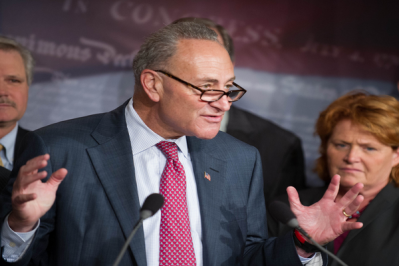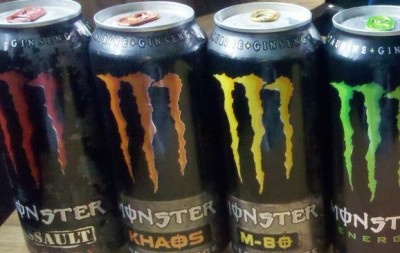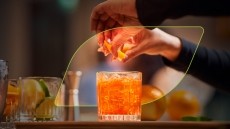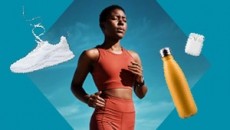Wolfish supps in beverage garb beware! Lowdown on the new FDA guidance
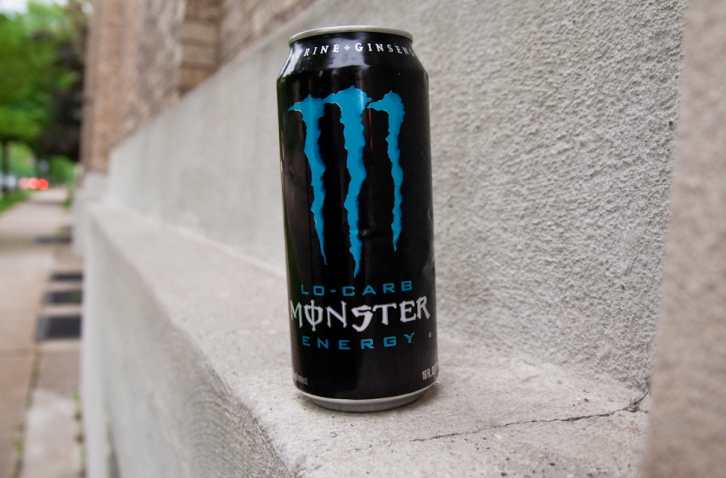
The Food and Drug Administration (FDA) last week finalized and updated draft guidance from December 2009 that food attorneys had criticized as a large white elephant in the industry’s living room, given a lack of clarity over the divide; you can read the new guidance here.
The 2009 guidance was partly prompted by concerns about the number of fuctional/energy drinks with caffeine and other bioactives that were classified as supplements but marketed like sodas, with consumers therefore prone to drinking larger quantities without scanning labels to check serving sizes.
Moreover, beverages are subject to different rules than dietary supplements – since under the beverage flag brands must prove that individual ingredients are approved food additives or Generally Recognized as Safe (GRAS) for intended use.
However, various botanicals used in ‘supplements’ such as gingko or melatonin are not GRAS for intended use, despite some brands stealing beverage clothing to broaden their appeal.
Shot in the arm or shot in the foot?
Justin Prochnow, shareholder at Greenberg Traurig, told BeverageDaily.com: “I don’t think the updated guidance will have a tremendous impact on shots…companies marketing and selling dietary supplement shots start out with an advantage because a 2oz or 4oz shot does not resemble a traditional beverage.”
Shot product packaging, serving size and recommended daily intakes (RDIs) do not resemble beverages, Prochnow added, but clearly the larger these measures were, the more likely that FDA could deem the product to be ‘represented as a conventional food’.
Prochnow said directions for use more consistent with other dietary supplements – as per 2oz or 4oz shots –were more likely to be viewed as factors weighing against such a conventional food determination.
Stephen Shapiro, partner at New York City law firm Shapiro & Ullman, echoed Prochnow’s stance: “I do not believe that this guidance should be of any specific concern to companies that are marketing ‘shot’ type liquid products as dietary supplements, if everything is compliant,” he told this website.
Lawyer welcomes improved guidelines
The FDA would probably not consider an “ounce of two” of liquid to be a beverage, he added, since most were marketed in 8, 12 and 16oz containers, he added, before broadly welcoming the guidance.
“In the draft guidance, our firm was concerned that FDA was taking the position that as a single factor the size (amount of liquid) or appearance of the product package could be determinative of whether a product was classified as a supplement or beverage, regardless of claims or ingredients,” Shapiro said.
“In this final guidance, the FDA is saying that size and appearance can be one of a number of factors to be considered along with everything else in making such a determination, which seems to be a reasonable.”
Prochnow outlined a series of other factors the FDA cited that might indicate a conventional food representation: favorable comparisons to beverage categories like sodas or energy drinks, use of metatags associating a product with beverages and payments to stock it in the beverage aisle at retail level.
Moreover, firms should watch their language in government filings like Securities and Exchange Commission (SEC) documents or patent and trademark filings, he said, since the FDA mentioned this factor in a 2012 warning letter to Lithia Mineral Water.
Finally, Prochnow said the FDA’s reiteration of its position on structure-function statements in relation to conventional foods and beverages.
While structure-function statements for supplements are specifically provided for under S.6 of the Dietary Supplement Health and Education Act of 1994 (DSHEA), Prochnow said the FDA’s position in terms of conventional food and beverages is that such statements must relate to aroma, taste or nutritive value.
Historically, the FDA has rarely made this distinction and acted against a company that overstepped the mark, Prochnow said.
“[But] this aspect should be of interest and possibly concern to those companies marketing beverages or looking to ‘flip the switch’ from supplement to beverage. If the FDA does start enforcing this aspect, it would narrow the range of claims available to beverage companies,” he added.
‘Bright line’ demarcation concerns allayed
Speaking more generally about the FDA guidance, Prochnow said the agency’s position hadn’t really changed from the previous draft guidance and the new finalized version.
The biggest concern for some firms was whether the guidance would contain any ‘bright line’ demarcations distinguishing beverages from liquid supplements, he said.
“But other than brands’ use of ‘beverage’, ‘drink’ or other names associated with foods and beverages, no one factor is likely to make a product labeled a dietary supplement be considered a conventional food,” Prochnow added.
The FDA would still evaluate products on a case-by-case basis and look at context of advertising, labeling, and marketing to make a determination, he said, although the finalized guidance contains more specific examples of when a product could be deemed a conventional food.
Given agency warning letters that have been issued in the area, Prochnow said that references to ‘beverage’ or ‘drink’ were probably the number one factor that could cause a product to be seen as represented as a ‘conventional food’.
Other examples include ‘bottled water’, ‘orange juice’, ‘iced tea’ and ‘coffee’, he added, although use of ‘teas' need not designate a beverage on name alone given history of use as a dietary supplement.
‘A dietary supplement is not an ‘after drink beverage’’
“As I have said many times, you must be consistent in your messaging,” Prochnow said. “If you intend to sell a dietary supplement, it is your supplement product in all labeling, advertising and marketing, not your ‘energy drink’ or ‘after-dinner beverage’.”
One aspect of particular interest for Prochnow – that dietary supplement marketers should be alert to – was new FDA comments that statements like ‘refresh’ or ‘rehydrate’ used on supplement labeling could see products be deemed represented as a conventional food.
“The FDA also indicated that graphics indicating uses traditionally associated with conventional foods, like pouring a liquid on a salad, could cause the product to be viewed as represented as a conventional food,” he added.
Tackling the issue of whether finalized guidance could result in increased enforcement, Shapiro said it was possible but was not always the case.
“Obviously, companies that are marketing products as liquid supplements and as liquid beverages would be wise to carefully review their products and product marketing in light of the new FDA guidance to ensure that their products are in the correct classification and compliant with FDA requirements for labels, claims and ingredients,” he said.
